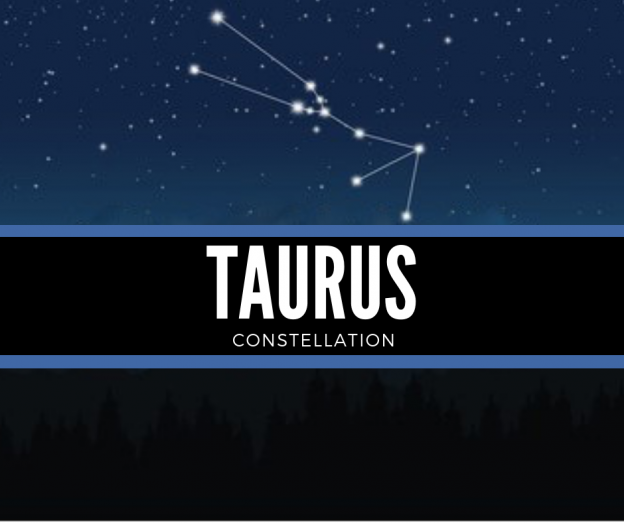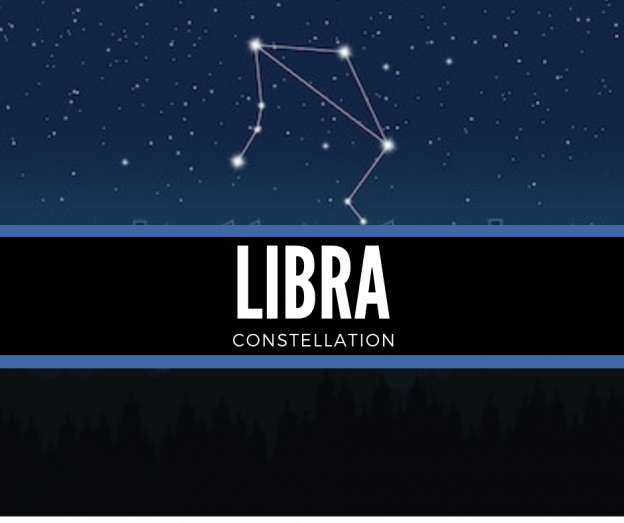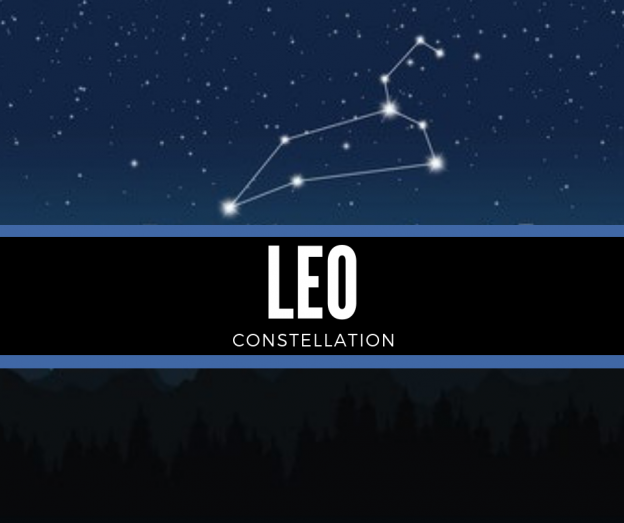Constellations are almost a magical topic—they evoke a certain mysticism just by existing and gazing upon them remains one of the most beautiful activities to engage in under celestial sphere.
However, despite this fascination, constellations have a rather straightforward definition—they are a group of stars that take a certain shape when connected through imaginary lines. Under that conception, in theory, there can be as many constellations as stars in the sky—isn’t man’s imagination endless, after all?
But while anyone is free to see the shapes they prefer, the truth is there are 88 official constellations, as defined by the International Astronomical Union (IAU) back in 1922. And out of them all, twelve have captured minds and hearts far more than most.
They are the zodiac constellations, and Taurus is one of them.
ABOUT THE TAURUS CONSTELLATION.
Taurus, just as its Latin name conveys, takes the shape of a bull. It’s a rather large constellation—the 17th largest one, and it occupies a 1.93% of the sky.
As previously discussed, Taurus is one of the twelve constellations of the zodiac. While most associate the term with astrology, its roots are firmly within the realm of astronomy.
The zodiac is the area of the sky that runs parallel to the ecliptic—the perceived celestial path the sun follows through the year, meaning the sun will seemingly “go through” every constellation within the zodiac in the course of 365 days.
Naturally, Taurus is not visible whenever the sun passes through it. However, it is noticeable on every other season on both the Northern and Southern Hemispheres—particularly during autumn and winter in the North, and spring and summer on the South, reaching peak visibility during January.
A favorite of astronomy aficionados, Taurus is rather easy to locate in the sky—west of Aries, east of Gemini, south of Perseus and Auriga and north of Orion, Eridanus, and Cetus.
By virtue of being a zodiacal constellation, following the sun’s path is more than enough to locate it. Regardless, if this method fails, following Orion’s belt upwards leads straight to one of Taurus’ most visible elements: the Hyades and their distinctive V-shape, only a few of the many fascinating stars within the bull constellation.
MAJOR STARS IN THE TAURUS CONSTELLATION.
Taurus is a marvelous constellation due to the astonishing number of important stars and objects that inhabit within its limits. Experts and apprentices alike marvel at the wonders to be found, so it is of uttermost importance to be familiar with most of its key elements.
Aldebaran.
Aldebaran, more formally known as Alpha Tauri, is the brightest star in the Taurus constellation and one of the brightest of the celestial sphere overall. It’s a giant red star that emanates a warm hue, located 65 light-years away from the sun and almost 40 times bigger.
To those witnessing from Earth, Aldebaran is part of the previously described V-shape that forms the face of the bull, and it’s often identified as the red eye of the beast thanks to its unparalleled brightness.
Its name has etymological roots on Arabic, meaning “The Follower”. While the reasoning for the name is uncertain, most speculate it comes from its position in the sky, where it seems to chase another of Taurus’ famous stars—the Pleiades.
Pleiades.
Also known as the “Seven Sisters”, the Pleiades is perhaps the most well-known cluster the sky has to offer.
Representing the bull’s shoulder, this bright group of stars is visible across the globe regardless of latitude, with particular strength during November—known as the Pleiades month.
Despite its nickname, most people can only see six of the seven brightest stars with the naked eye. However, those with a sharp vision—and the proper conditions—can witness all nine brightest stars.
The Pleiades are named after Greek Mythology—the Seven Sisters, companions of the goddess Artemis, and their parents Atlas and Pleione.
Hyades.
The other part of the famed V-shape in the Taurus constellation is a second cluster called the Hyades—the face of the bull. Despite being seen right by Aldebaran, the latter is unrelated to the cluster.
Composed of hundreds of stars, the Hyades are some of the brightest clusters to be found, not to mention one of the easiest to spot with the naked eye, by virtue of being the second closest one to Earth, being merely 153 light-years away.
The Hyades are named after the mythological half-sisters of the Pleiades. According to legend, they were a group of sisters that, in their grief after the death of their brother Hyas, were turned into stars.
Elnath.
Elnath, or Beta Tauri, is the second brightest star in the constellation after Aldebaran and it represents the tip of one of the bull’s horns. It has a white-blue hue, and it has four times the mass of the sun.
However, Elnath’s interest lies elsewhere. It happens to be the closest start to the galaxy’s anticenter—the spot that, from Earth, looks directly opposite to the Milky Way’s centerpoint.
TAURUS CONSTELLATION FACTS.
A constellation as fascinating and rich in objects becomes, naturally so, a never-ending source of fascinating trivia. While the following list might not be comprehensive, it will show a small glimpse of Taurus’ mesmerizing beauty.
- Taurus is composed at its core by 19 stars.
- Nine of those stars have their own planets orbiting around them.
- Taurus is the radiant point of an annual meteor shower—the Taurids. This event is actually divided into two, having both Northern and Southern variants. The Northern version takes place between November and December, while the Southern one takes place between September and November.
- According to ancient cave paintings, the constellation was recognized as a bull since almost 10,000 years ago.
- The constellation hosts the Crab Nebula—a colorful supernova remnant, and perhaps the most popular one. The explosion itself took place in 1054 AD; an incredibly recent date for cosmic events.
- In astrology, Taurus is one of the twelve zodiac signs said to influence the life and behavior of humanity. It is believed that those born between April 20 and May 21 have Taurus as their sun sign.
- However, those dates are no longer accurate, as the sun no longer passes by Taurus during that astrological range. Currently, the sun visits the bull constellation between May 14 and 21 June.
TAURUS CONSTELLATION MYTH AND HISTORY.
As previously discussed, Taurus has been recognized as a bull since thousands of years ago. However, the current conception of Taurus comes from Greek Mythology.
The bull represented by the zodiacal constellation is said to be Zeus. According to myth, the Greek god assumed the form of a white bull to seduce Europa, a Phoenician princess. Fascinated by the animal’s beauty, the princess approached it to caress its horns and climbed onto its back. Zeus took the chance to kidnap her and take her to Crete, where he revealed his identity and seduced her.
Admired since ancient days, Greco-Roman astronomer Ptolemy recognized Taurus as one of his constellations, subsequently becoming one of the 48 listed by him that were accepted as official by the IAU.
As a zodiacal constellation, Taurus is a prominent figure in modern astrology. By most means, those born under the bull sign are described as being fiercely loyal, stubborn, reliable, warm, loving, fond of aesthetically pleasing things, jealous, and good with finances.
Whether Taurus is known through astronomy or astrology, one thing is certain—its relevance has passed the test of time for millennia, and it probably will keep being a quintessential protagonist of humanity’s starry skies.
related posts:
- Taurus Horoscope
- Taurus Lucky Lottery Numbers
- Taurus Compatibility With Each Zodiac Sign
- Taurus Gemini Cusp | The Cusp of Energy (May 17 – 23 Birthdays)
SOURCES
Charles Messier’s Catalog of Nebulae and Star Clusters by Charles Messier at The Messier Catalog.
Sun in zodiac constellations, 2018 by Bruce McClure at Earth Sky.
Taurus Constellation: Facts About the Bull by Kim Ann Zimmermann at Space.com.
Taurus: Constellation and Astrological Sign at Encyclopaedia Britannica.
Taurus? Here’s your constellation by Bruce McClure at Earth Sky.
Taurus Zodiac Profile at Horoscope.com.
Want to know your astrology placements? You can generate your astrology chart here with our free birth chart generator tool.
- American Presidents Ranked By Zodiac Sign - January 20, 2025
- ESTP and ESFP in love: 6 Dynamics of Their Relationship - September 4, 2024
- ISFP and ISTP in love: 5 Dynamics of their Relationship. - August 28, 2024






